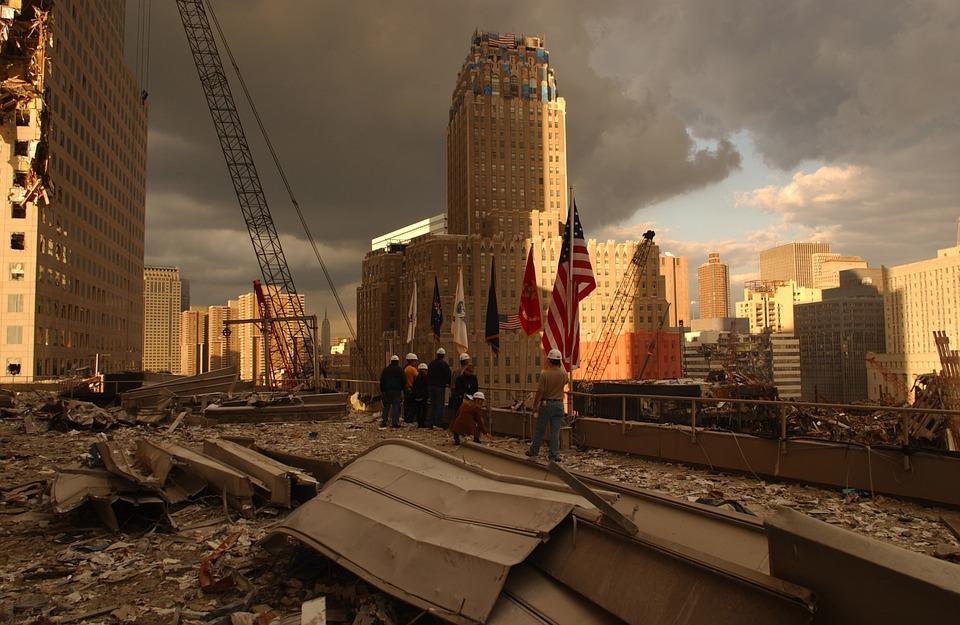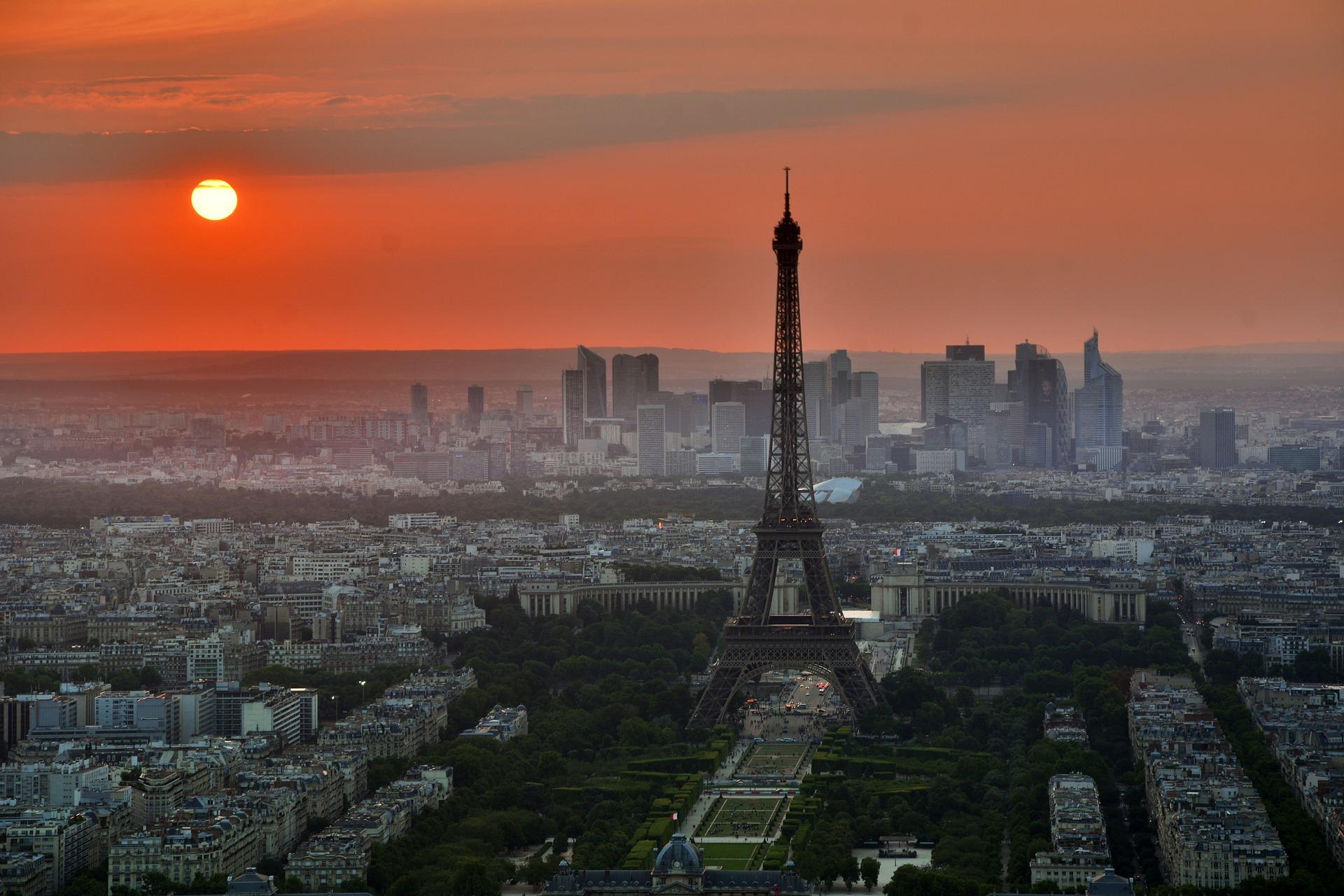Chapitres
Key question : to what extent did industrialization spur economic growth and social changes in Europe and North America between 1850 and 1939?

I - The United-Kingdom, cradle of the Industrial Revolution
1) The industry
In 1850, the United-Kingdom was the most advanced country, due to :
- many industrial areas
- coal mines (Wales, middle of the country), coalfields
- the textile industry
a) The coal industry
Coal was needed to produce energy, so as to replace charcoal.
The heat you get by burning it is very steady : to make steam, which drove many machines
à the steam engine (designed in the beginning of the 18th century.
b) The textile industry (cotton, wool)
The demand was important (to make clothes), and the development of the textile industry led to a sharp decrease in prices. It is the first industrial field which was mechanized.
Hargreaves’ spinning jenny (1764)
Cartwright’s loom (1787)
In the 1820s, looms had replaced hand weavers in England : they were outstripped, overwhelmed.
à This pioneering sector was an example for the other sectors which mechanized their industrial processes. It also triggered the development of the iron and steel industry (needed to make machines).
èEngland was a powerful state because many sectors could rely on the mechanization and the steam engine
2) Social and human background
a) The population
The United-Kingdom was one of the most populated countries (2% of the world’s population)
- it provided labour force and the market needed by the industry
- Well-developed banking and credit system ž funding for the Industrial Revolution
- Many protestants among British industrialists : their religious beliefs led them to reinvest the money they earned ž growth of their business
Ex. : the Dorby family, 3 generations in the iron sector
They developed new methods to cast iron, were the first to use coke instead of charcoal. They improved the process of coke-melting, which became common. They built the first iron-cast bridge, spanning the Sever River Its an example of a family who imposed its techniques in its sector.
à An important human potential : their number + the way they invested
b) The Revolution in the Agriculture
Most of the people worked in this sector.
Ù Important advances in agriculture : crop rotation, fertilization, the selective breeding of livestock
ž increase of the food production
ž less labour force was needed in the fields = drift of the people towards the cities
Between 1700 and 1870, the food production increased by 300%.
Ù Agricultural production available everywhere thanks to railways, which permitted to unify the whole market. There were no longer shortages of food.
The first railway, built in 1825, linked Manchester to Liverpool.
ž The Stephenson's steam engine.
It developed throughout the 19th century and was an immediate economic success.
In 1850, England was already equipped with a 6,600 railway network.
Ù In 1851, the Exhibition at the CrystalPalace (London) allowed England to display its awesome strength and important advance.
Ù By 1860 England was producing 20% of all the world industrial goods (1/2 of the world's iron, 1/2 of the world's cotton and 2/3 of the world's coal)
žEngland was nicknamed the "workshop of the world"
II - Other countries which followed England on the path towards industrialization
In Europe, there were scattered industrial poles around the different big cities, especially in Eastern Europe, Prussia, German confederation... The Ruhr was also an industrial region (heavy industry)
1) The case of Belgium
Ù It was the first country to follow England and developed a powerful industry, thanks to :
- coal and iron deposits.
- labour force had the tradition of textile manufacturing
- some British industrialists helped Belgium to develop its industry.
ž In 1799 William Cockerill began building a new cotton spinning plan in the country.
ÙBelgium also had a good network of railways and occupied a strategic location at the heart of Europe. By 1771, the majority of the Belgium population lived in cities and its economy relied on trade and industry.
2) The North and the East of France (heavy industry as well as textile)
Ù Local development of industry in Le Creusot : biggest sledgehammer of France
ž steel industry, weapons, manufacturing…
The Schneider family developed Le Creusot, which was a rural area, and turned it into a major pole of industry in France.
à France and Netherlands were on their way towards industrialization in the middle of the 19th century, even though they were far behind England and Belgium.
Ù In 1860, the three main industrialized nations were Great Britain, France and Germany (the different states of Germany confederation)
Ù However, by 1900, Britain has lost its supremacy >> the United States was the new industrial leader, followed by Germany, Britain and France.
B) The 2nd industrialization
Ù The first relied on textile, while the second relied on new sectors in which new countries took the lead : United States and Germany. It was based on :
- new and more efficient factories,
- huge natural resources >> the United States and Germany had well-endowed territories.
Ù New industrial sectors :
- chemical industry
- car industry
Ù The United States was in the beginning of the 20th century the first country to mass produce cars.
à Thanks to these two new sectors, the United States and Germany were above the United-Kingdom.
1) The car industry in the United States
Before the revolution in the car industry, the productivity of craftsmen was very low and it could take up to ten days to make a car. As a result, prices were very high and cars were luxury items.
productivity : basically, the amount of production per worker.
It changed thanks to the American industrialist John Ford.
b) Cheaper cars and mass market
Ù Type of car
Model T, launched in 1908
>> Main innovation : very simple to drive and to produce
>> Cheaper, simple to repare
Ù New production organization
Assembly line in 1913
>> Workers had specific and simple tasks
>> They didn't have to move thanks to conveyer belts
è This major breakthrough enabled a huge increase in production. The prices fell and 15 million Ford T were sold.
Ù Massive advertisement to increase the number of customers
>> Cars had to become the only means of transportation, to be unavoidable
Ù Development of credit
c) An explanation to the new supremacy of the United States
Ù The human potential of the United States + new techniques and organization were powerful driving forces behind the changes in hierarchy among industrialized nations.
ž essential to be more efficient
Ù Two names to account for these changes:






















Si vous désirez une aide personnalisée, contactez dès maintenant l’un de nos professeurs !